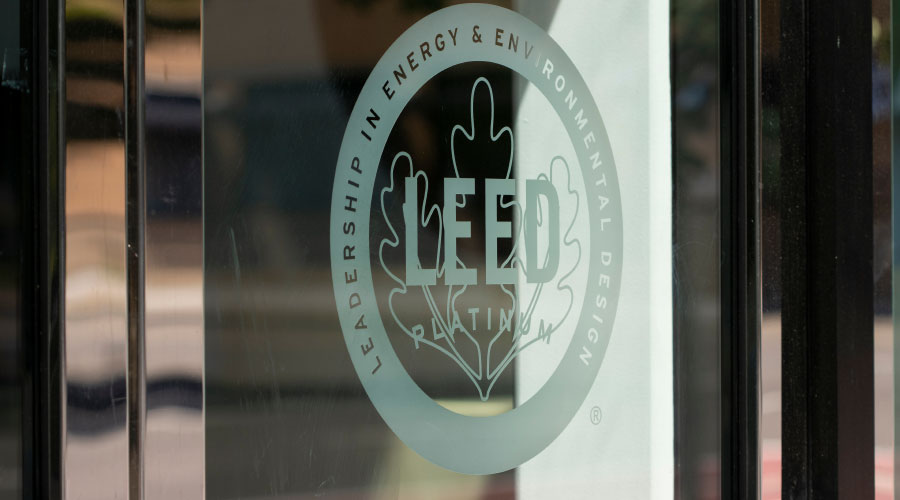LEED v4 Changes Are Focused On Performance
One of the fundamental aspects of the LEED green building rating system is change — to keep up with advances in green building science and technology, the system evolves to continue to function as a leadership standard. LEED v4, passed by U.S. Green Building Council (USGBC) member ballot in July 2013, is an update that offers a new global perspective, a streamlined user experience, and a more thorough focus on building performance. It also makes LEED certification accessible to a wider range of building and facility types. But ultimately, the changes in LEED v4 are focused on performance.
Many of the changes in LEED v4 improve the clarity, functionality and interconnectivity of the system, emphasizing a more holistic and integrative approach to green building. Overall, there have been improvements to the user experience, from revamped reference guides to a reduction in documentation.
LEED v4 for Existing Buildings: Operations and Maintenance (EBOM) builds on earlier versions of the system to help older buildings improve their efficiency, reduce waste, and maintain a responsible and sustainable building. Changes to EBOM raise the standard for green operations.
USGBC will launch LEED v4 at the Greenbuild International Conference and Expo, Nov. 20-22 in Philadelphia. In the meantime, here are the top seven things facility managers need to know about the upcoming changes to the rating system.
1. New Market Sectors
In an effort to ensure that LEED is the right tool for the diverse group of market sectors that engage with it, LEED v4 features technical adaptations addressing 21 different market sectors, including new solutions for existing schools, retail locations, data centers, and warehouse and distribution centers. To ensure that each particular space's unique needs and demands are addressed, new sector guidelines were reviewed by market leaders who own, operate, and design these types of spaces.
The existing building market is far larger than the new construction market, and existing buildings consume the great majority of energy in the U.S. By opening up the certification process to these new market sectors, USGBC hopes to make a greater number of these buildings perform better, while still fulfilling occupant and tenant needs.
2. Energy and Water
One of the major changes in LEED tv4 is an increased emphasis on energy and water metering; new prerequisites require that LEED-certified buildings monitor and report their total water and energy use to USGBC. Additional credits are available for implementing subsystem metering, which gives facility managers a better understanding of where the resources in their buildings are being used, helping them to identify and prioritize improvement opportunities.
Closely monitoring the energy use of specific systems within the building can help identify phantom loads by showing where devices are not in use but are still consuming energy. Implementing automatic shutoffs to address these loads reduces energy use, resulting in financial savings.
The scope of the LEED v4 Water Efficiency credit category has been expanded, and it now addresses a more complete picture of water use in LEED-certified buildings and their grounds. Points are available for system-specific monitoring and analysis over time, which will facilitate further decreases in water waste.
Data from water and energy metering will be shared with USGBC as part of a process to encourage ongoing verification and regular performance checks.
Related Topics:













